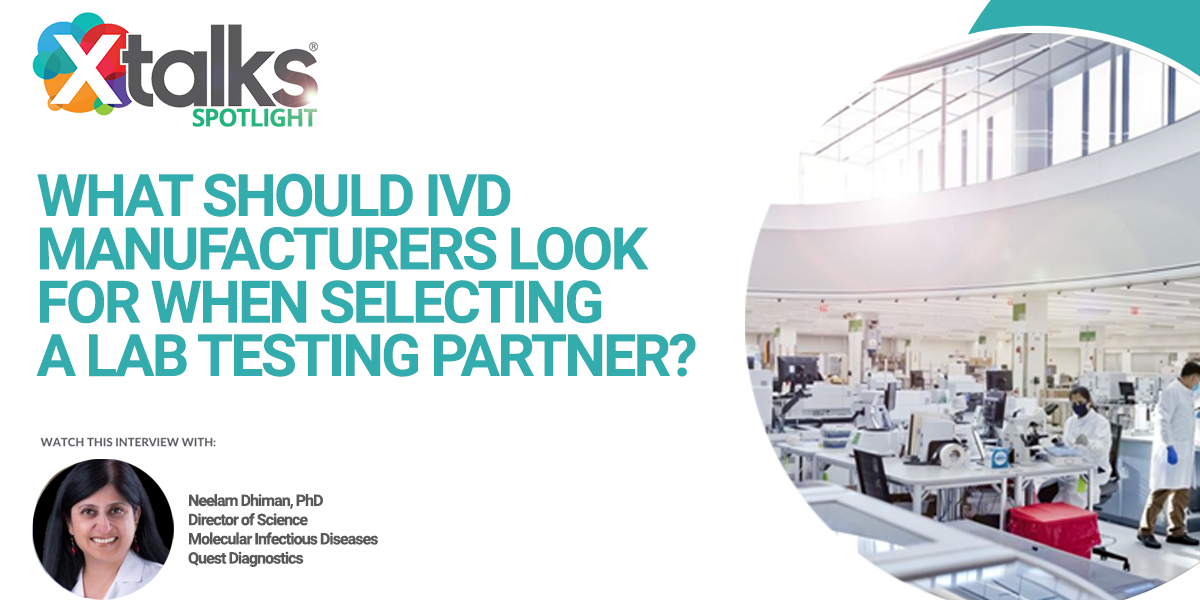Nerivio is a new drug-free wearable technology that has treated 100,000 migraines in the US. Theranica, the company that owns Nerivio, develops advanced electroceuticals used for migraines and other pain conditions.
The prescribed digital therapeutics company describes Nerivio as the first FDA-cleared and CE-marked smartphone-controlled prescription wearable device for people 12 years or older suffering from migraines.
“We are at a crossroads for acute migraine treatment, where traditional drug-based solutions are being challenged by FDA-authorized, novel digital therapeutics such as Nerivio,” said Ronen Jashek, co-founder and COO of Theranica, in a statement. “We are pleased to see that Nerivio patients are showing both adherence to the treatment program and an increased level of comfort with the device itself. 100,000 treatments hold significance to Theranica, as does our recent 33 percent growth in monthly active users, because these numbers demonstrate that Nerivio users consistently see the benefits of this prescribed therapy to their well-being.”
Migraines affect around 36 million Americans and can be a serious and life-threatening neurological disease. One of the most common symptoms of a migraine is an unbearable headache described as intense throbbing and pain in one area of the head. People experiencing migraines can also have extreme sensitivities to light and sound, and some may experience nausea or vomiting.
Treating migraines involve various medications used for pain relief. Some of these drugs include over-the-counter medications such as aspirin or ibuprofen. More specifically, the medications targeted at treating migraines are a combination of caffeine, aspirin and acetaminophen. Other medications include triptans, dihydroergotamines, lasmiditan and opioid prescriptions. A few of these medications are highly addictive.
The drugs used to treat migraines are used to relieve the pain caused by symptoms, but it does not target the psychological processes that underlie the migraine attack. Migraines occur because of the dilation of blood vessels in the brain.
According to the press release, “Nerivio is a prescribed digital therapeutic wearable that deploys remote electrical neuromodulation (REN) to activate the body’s native conditioned pain modulation mechanism to treat pain, aura, and other symptoms associated with migraine. It is worn on the upper arm and controlled through an app on a patient’s smartphone that also serves as a migraine diary, possibly shareable with a caregiver.”
Related: New Wearable Whole Brain Scanner Can Help Diagnose and Monitor Neurological Conditions
This technology is drug-free, and studies have shown its effectiveness. A study published in Headache, The Journal of Head and Face Pain, showed that 71 percent of participants felt pain relief after two hours and 35 percent felt pain-free within the same timeframe. Additionally, the pain relief remained for 24 hours in 90 percent of the cases studied. The study concluded that REN offers young patients between the ages of 12 and 17 a safe and drug-free alternative for treating migraines.
“Over the last couple of years our toolbox for treating migraine has been enriched with several new types of FDA-authorized therapies, including a few drug-free neuromodulation devices,” said Christopher Gottschalk, MD, a Yale Medicine neurologist and director of Yale Medicine’s Headache and Facial Pain Center, in the same statement. “These non-pharmacological therapies present an important alternative for people with migraine, especially those who do not respond well to or have reasons not to take medications… Affordable access to these devices is essential for the community of people with migraines.”
Nerivio costs $599 for 12 treatment units, but eligible insurance companies cover it. Additionally, the Nerivio Patient Savings Program could contribute to the device’s cost, potentially making it as low as zero dollars per unit.












Join or login to leave a comment
JOIN LOGIN